Why CRT Compatibility Is So Confusing
You've spent hours hunting down that perfect vintage console and finally found an authentic CRT TV to match. But when you connect everything together, something's wrong. The picture looks terrible, you've got no sound or nothing displays at all.
Check compatibility now
Understanding Cables & Signals
Should you use composite cables, S-Video, RGB SCART, or component video? Each console outputs different signals, and every CRT TV accepts different inputs.
240p vs 480i Displays
Your retro gaming setup looks blurry or flickery because many CRT TVs handle 240p gaming signals incorrectly. Later "HD-ready" CRTs often upscale 240p to 480i, making classic games look worse than they should. This creates a dreaded "double image" effect that ruins the authentic retro experience.
Not All CRT TVs are good for retro gaming!
Flat-screen CRTs cause image distortion, especially in 2D games. HD CRTs add input lag and processing artifacts.
Regional Compatibility Confusion
PAL vs NTSC compatibility creates headaches when mixing consoles and TVs from different regions. Your imported Japanese console might not sync properly with your local CRT, or the refresh rate causes rolling or flickering issues. Be sure to check the region compatibility of both your console and TV.
Missing Controls & Setup Problems
You found the perfect CRT TV, but the remote is missing and you can't access the AV inputs. Or the geometry is off, colors look wrong, or you can't tune the picture properly. CRT TVs require specific adjustments that aren't always obvious, like tuning to a specific channel or pressing the 'AV' button on a remote.
Sync and Timing Problems
Your console powers on but the CRT display is unstable - the picture rolls continuously, won't lock onto the signal, or displays nothing at all. Different consoles output different sync signals (composite sync vs separate sync), and older CRT TVs can be picky about timing. Additionally, some console revisions have weaker video output than others, causing sync issues that make games unplayable.
Get Answers
The CRT compatibility checker gives you instant answers for your specific console and TV combination, including:
Know exactly which cables to buy for the sharpest picture quality with your specific setup
Understand what visual quality to expect before you buy or connect anything
Learn about potential problems and how to solve them before they frustrate you
Get practical advice for getting the best possible picture from your vintage gaming setup
Compatibility Checker
NTSC (North America, Japan): 60Hz, 30fps, 480 lines.
PAL (Europe, Australia, parts of Asia): 50Hz, 25fps, 576 lines.
Tip: Consoles and TVs should match region for best compatibility.
Cable Types Explained
Understanding your connection options for the best retro gaming experience
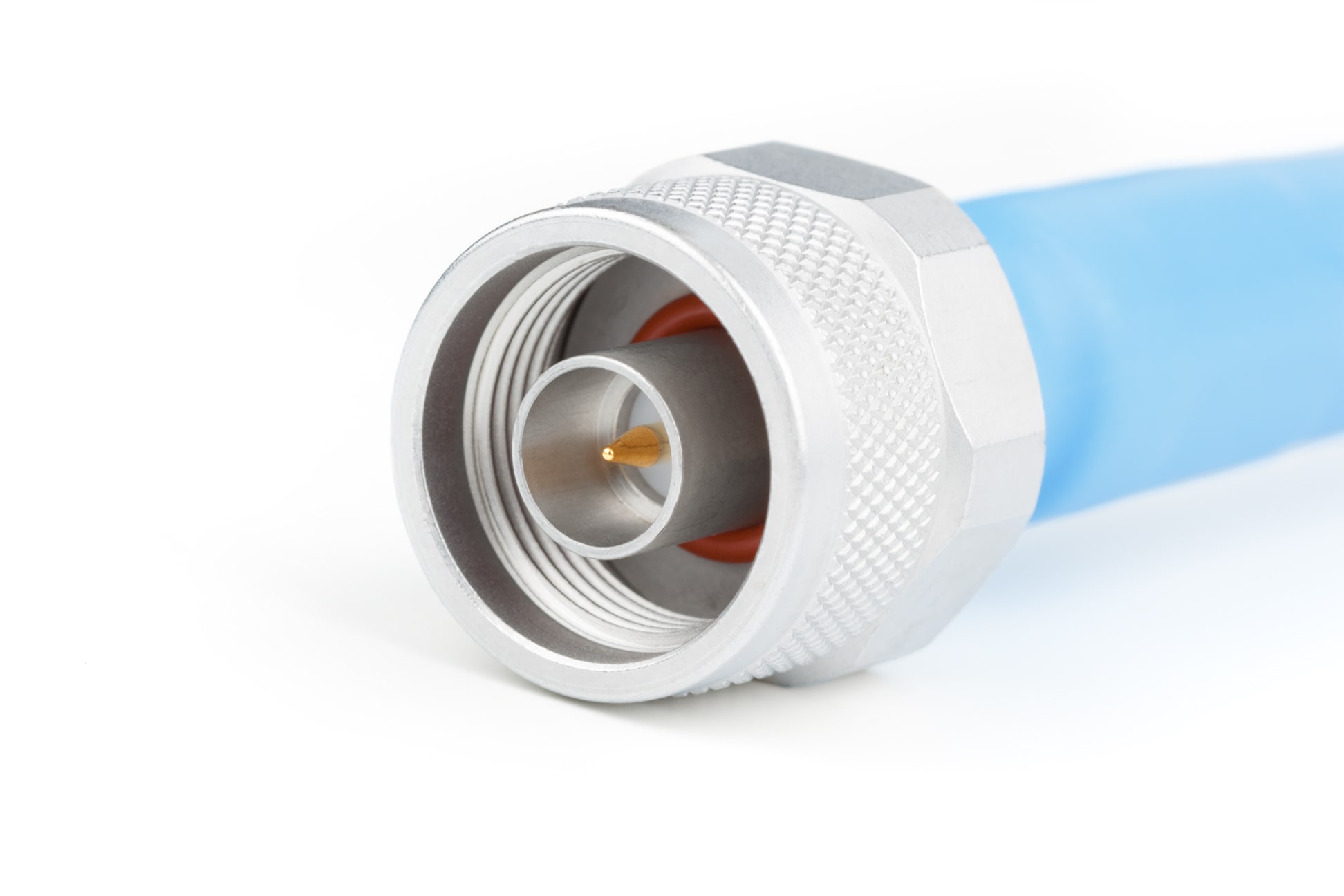
RF (Coaxial)
What it is: A single coaxial cable that connects to your TV's antenna/cable input. The same connection used for cable TV. Usually requires tuning to a specific channel (like 3 or 4).
Picture Quality: Poor - combines video and audio into one signal, causing interference and blurriness.
When to use: Only if your CRT has no other inputs. Most 1980s consoles came with RF switches.
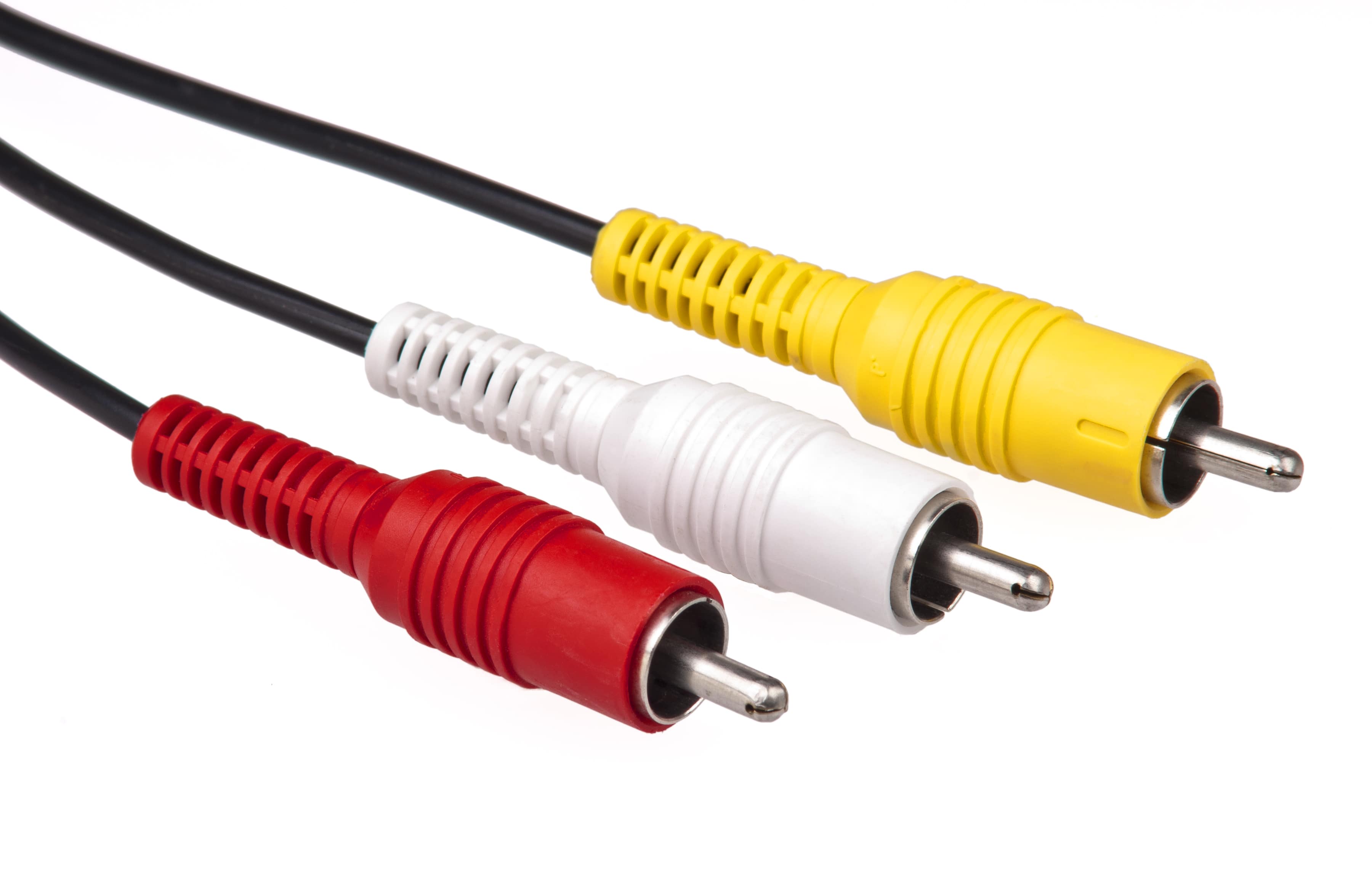
Composite (RCA)
What it is: Three RCA plugs - yellow for video, red/white for stereo audio. The most common retro gaming connection.
Picture Quality: Fair - separates audio from video but still mixes color and brightness signals.
When to use: Standard for most retro consoles. Works with virtually every CRT TV made after 1985.
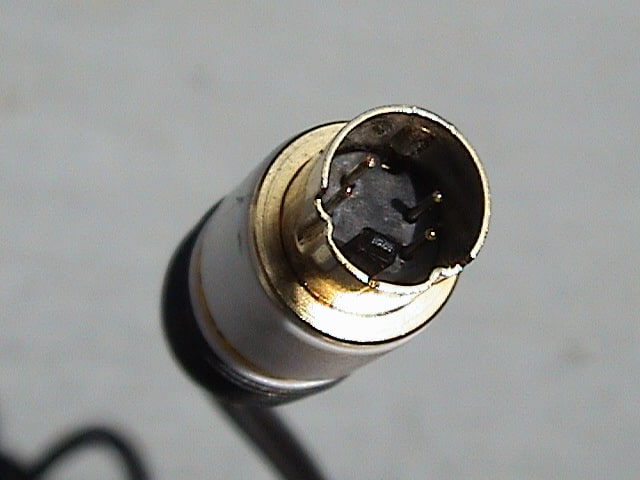
S-Video
What it is: A 4-pin mini-DIN connector that separates brightness (luminance) from color (chrominance) signals.
Picture Quality: Good - much sharper than composite with better color separation and reduced interference.
When to use: Excellent for SNES, N64, and PlayStation 1. Many 1990s CRT TVs have S-Video inputs.
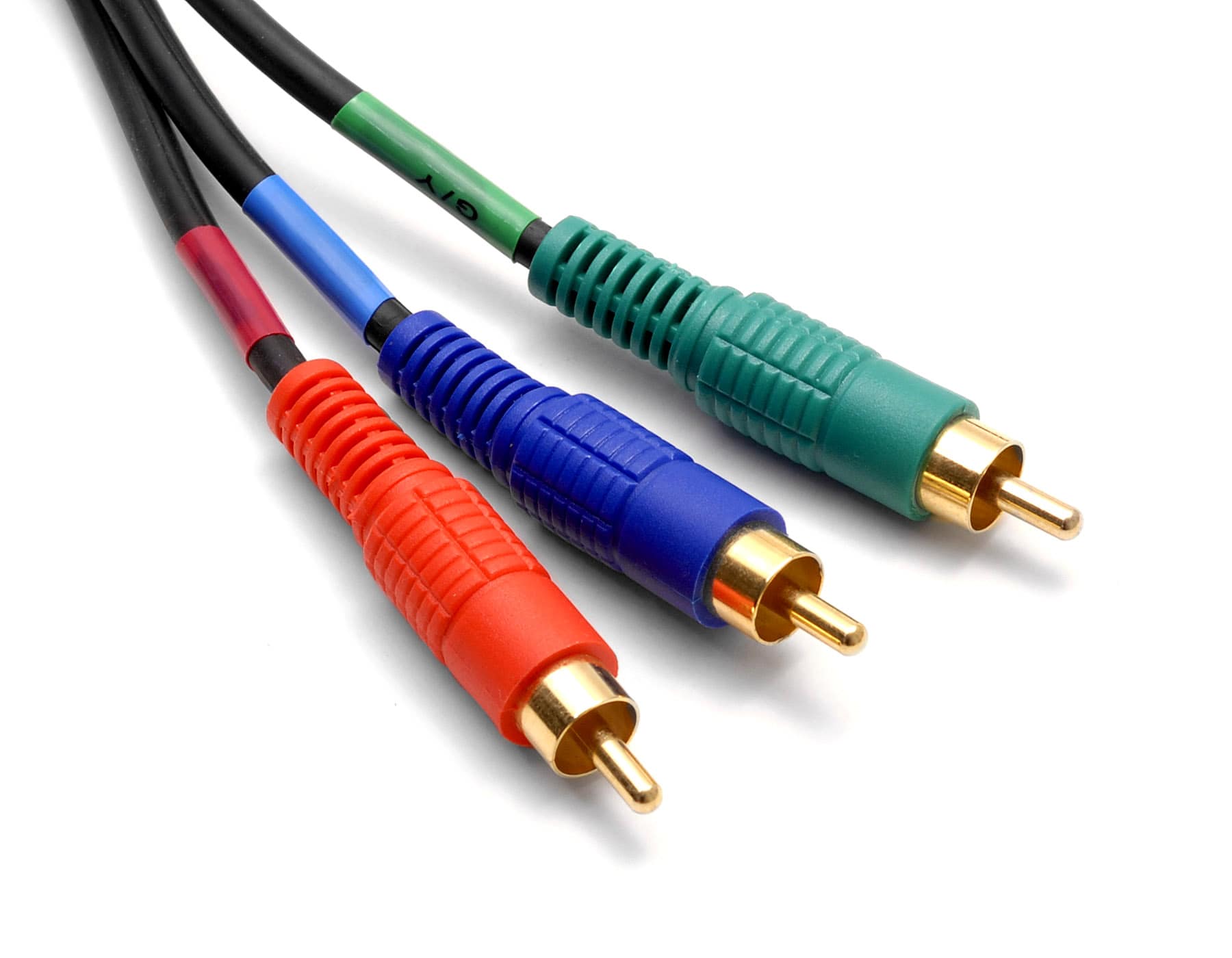
Component Video
What it is: Three video cables (red, green, blue) plus two audio cables. Separates video into three distinct signals.
Picture Quality: Excellent - near-perfect analog video quality with exceptional color accuracy and sharpness.
When to use: Best for PlayStation 2, GameCube, Xbox, and Dreamcast. Requires HD CRTs or professional monitors.

RGB (SCART/BNC)
What it is: Pure red, green, and blue video signals sent separately. The highest quality analog connection possible.
Picture Quality: Excellent - razor-sharp image with perfect color reproduction. No signal degradation.
When to use: Professional CRT monitors (PVMs/BVMs) or modded consoles. Common in Europe via SCART.
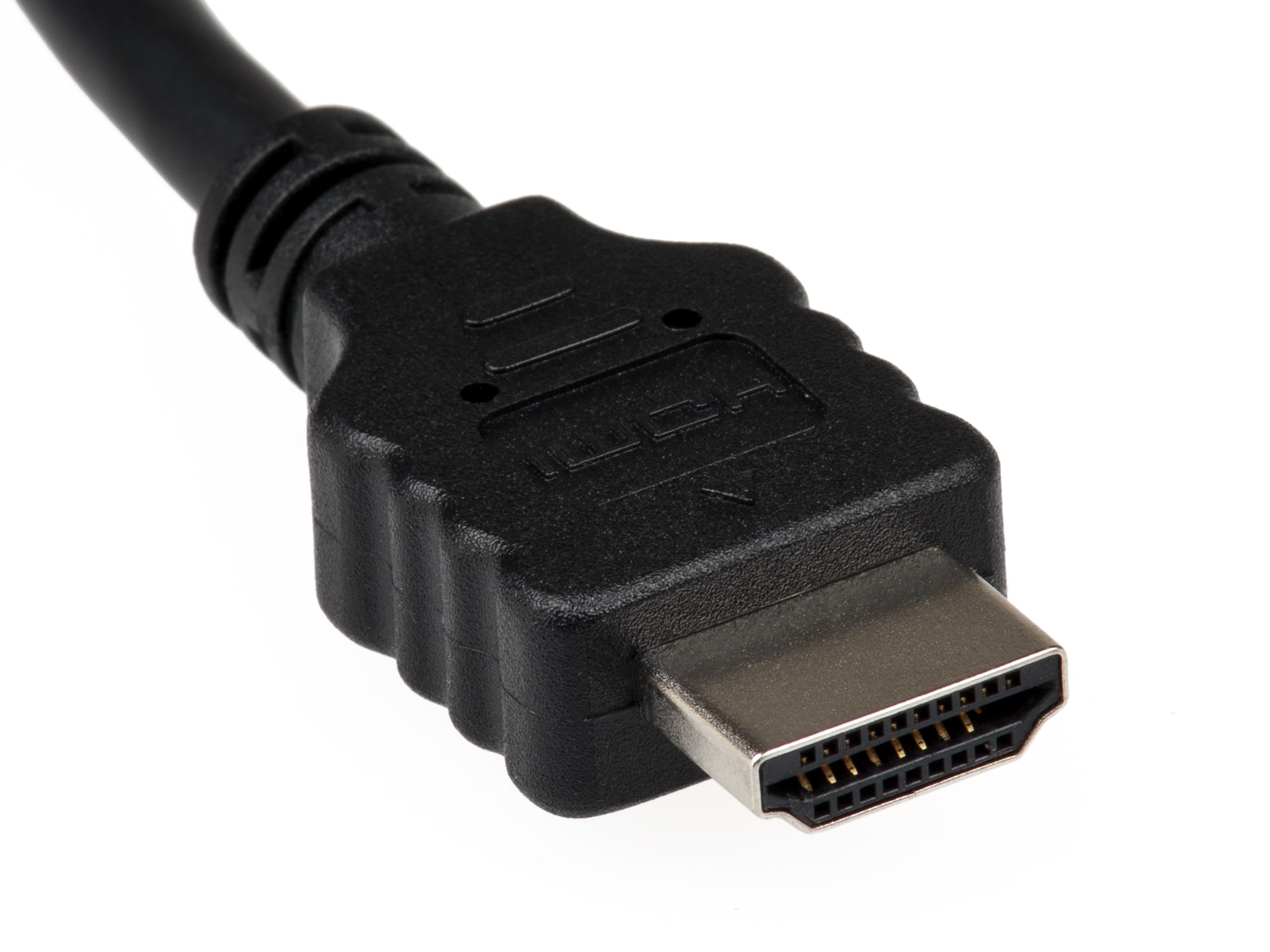
HDMI (with Converter)
What it is: Digital connection requiring an analog-to-digital converter to work with CRT TVs that have HDMI inputs.
Picture Quality: Variable - depends on the quality of the converter. Can introduce lag and processing artifacts.
When to use: HD CRT TVs with HDMI inputs, or when using upscalers like RetroTINK or OSSC.
Pro Tips for Best Results
Cheap cables can introduce noise and signal degradation. Invest in quality cables from reputable suppliers.
Using RGB cables on a TV that only supports composite won't improve picture quality. Check your TV's inputs first.
Many consoles need modification to output higher quality RGB or Component video. Research before purchasing expensive cables.
Longer analog cables can degrade signal quality. Keep cable runs as short as possible for best results.